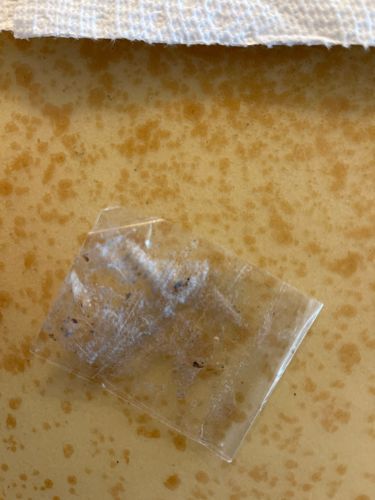Fungus Gnat
Scientific Name: Sciaridae (most common), Mycetophilidae, or other related families within Diptera
Order & Family: Order: Diptera, Family: Sciaridae (most commonly associated)
Size: Adults are typically 2-8 mm long. Larvae are slender, whitish, and can be up to 6-7 mm in length.

Natural Habitat
Typically found in moist environments, particularly in potted plants, greenhouses, and areas with decaying organic matter, fungi, and high humidity. Indoors, they are common near houseplants, overwatered soil, and leaky plumbing.
Diet & Feeding
Adult fungus gnats do not feed significantly and are short-lived. Larvae feed primarily on fungi, decaying organic matter, and plant roots, especially fine root hairs. They can sometimes tunnel into larger roots and stems, particularly in young or stressed plants.
Behavior Patterns
Adults are weak fliers and tend to stay close to their breeding sites. They are attracted to light and often found flying or crawling on windows. Females lay eggs in moist soil or growing media. The lifecycle from egg to adult can be as short as 3-4 weeks depending on temperature and conditions, leading to multiple overlapping generations. Larvae are often found just below the soil surface.
Risks & Benefits
Risks: Fungus gnat larvae can damage plant roots, leading to wilting, stunted growth, and yellowing of leaves, especially in seedlings and young plants. They can also spread fungal diseases (e.g., Pythium, Fusarium) among plants. Large infestations can be a nuisance indoors. Benefits: In natural ecosystems, they play a minor role in decomposition of organic matter and fungus consumption. However, in cultivated environments, especially indoors, they are generally considered pests due to potential plant damage and annoyance.
Identified on: 9/9/2025